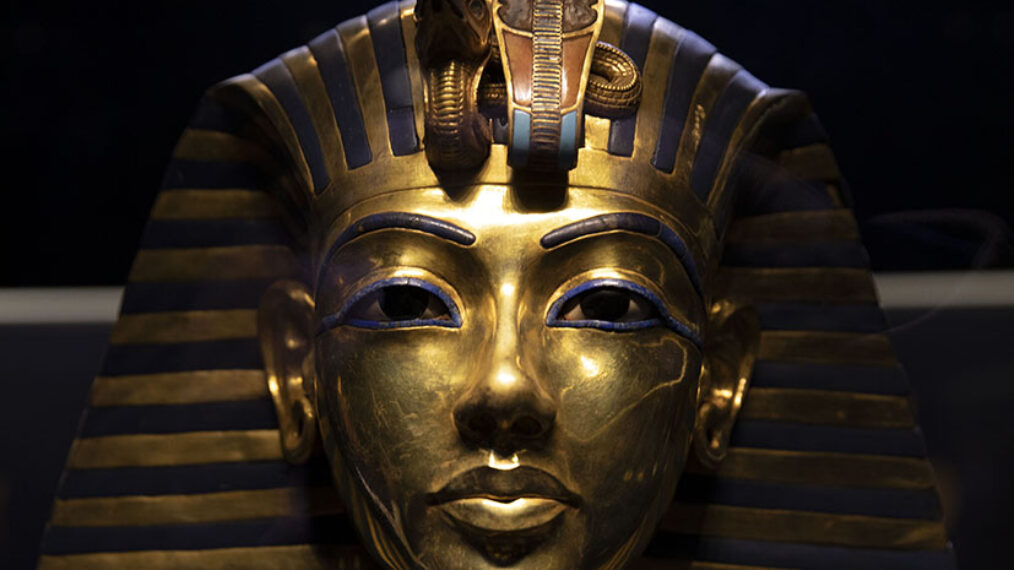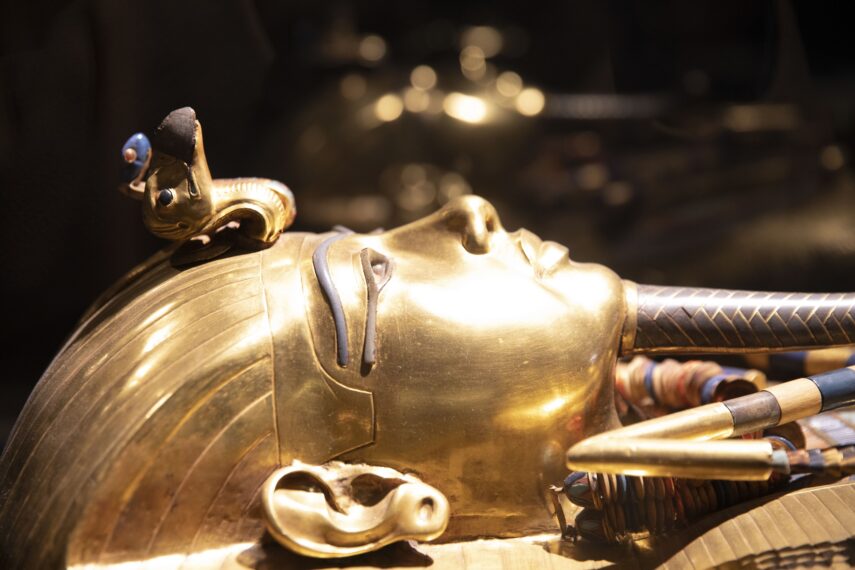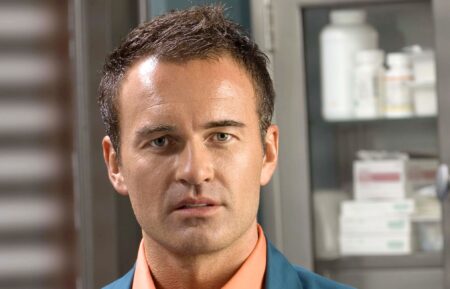‘Tutankhamun: Allies & Enemies’: 3 Reasons to Watch the PBS Documentary

No, there is no curse attached to the roughly 3,300-year-old tomb of King Tutankhamun (aka King Tut), discovered in Egypt’s monument-heavy Valley of the Kings a century ago this month. The “Boy King” was buried there along with beautiful murals, pottery, decorated walking sticks, and a treasure in gold objects, including the stunning funerary mask (right) that incited Tut mania.
The PBS documentary Tutankhamun: Allies & Enemies goes beyond the glitz to investigate who Tutankhamun really was, what he looked like and how he died, with Egyptologists Dr. Yasmine El Shazly and Mahmoud Rashad as your guides to tombs, ancient temples, and museums around their country. Here’s some of the most interesting takeaways from the two-hour doc.

(Credit: PBS)
His Mother’s Identity Is in Dispute
While his father was definitely King Akhenaten, according to these ancient-Egypt experts, the young king’s mom seems to be one of his father’s favorite wives, the young Kiya or the better-known Nefertiti. (It’s a hot topic: Ask more experts, you’ll get even more candidates.)
Tut Died Young But Most Likely Not by Murder
Though legend has it that a fight to take control of the kingdom led to regicide (the teenager reigned from 1333 to 1324 B.C.), scans of his body support a convincing argument that malaria and an infected broken leg killed him at 18 or 19.
We Know What Tut Really Looked Like!
His true visage doesn’t match that beautiful gold mask, but cool tech and Canadian sculptor Christian Corbet’s painstaking forensic facial reconstruction come together in a realistic new Tut bust. As one scholar notes, “It looks like a modern Egyptian.”
Tutankhamun: Allies & Enemies, Documentary Premiere, Wednesday, November 23, 8/7c, PBS (check local listings at pbs.org)









